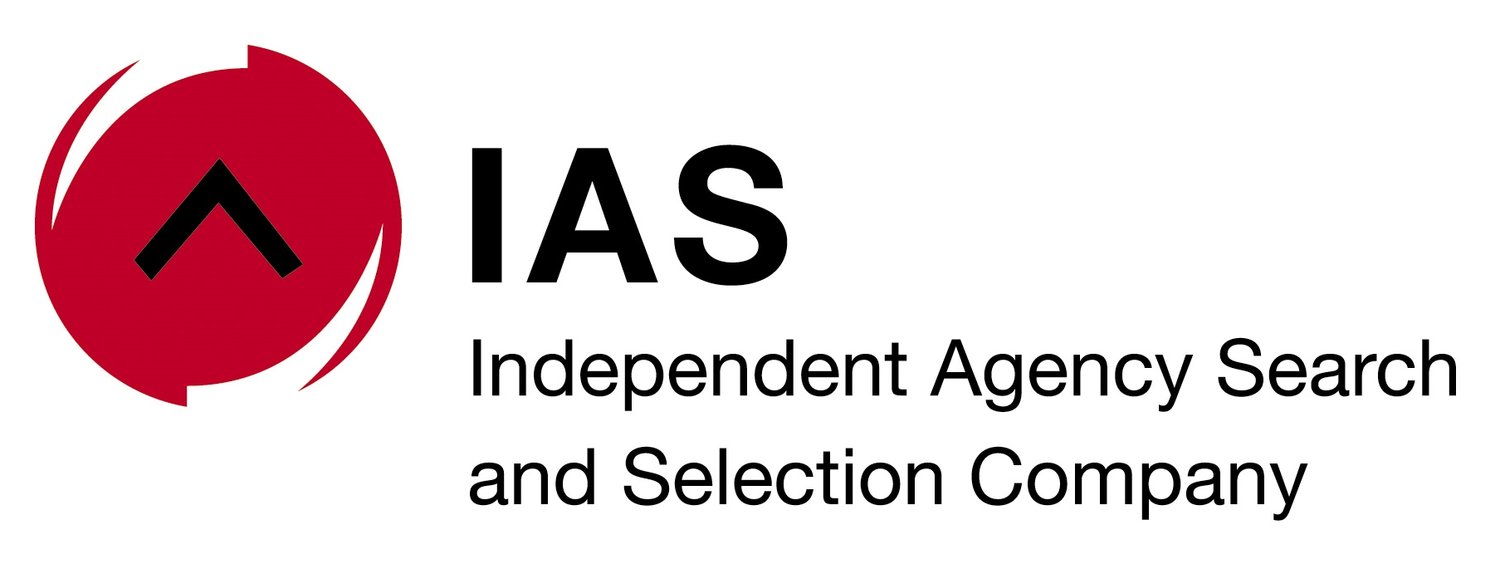To manage marketing and agency ecosystems in a post-Covid world, marketers and agencies will need to adapt and build more flexible models.
IAS founder & CEO and managing partner Scopen Africa, draws 5 conclusions to help agencies and brands define future working methods
As the IAS we are in a unique and privileged position at the heart of the marketing industry where brands and agencies intersect.
We have many conversations with CMOs and agency leaders about the marketer agency ecosystem as we help all participants work together to deliver effective marketing that will drive growth.
One of the biggest surprises and learnings from the Agency Scope 2023/2024 study, the results of which are currently being presented to various industry players, is the growth in the number of agency partners/platforms that a CMO interacts with. On average this number is more than 15.
When I look at a recent report from our partners, AAR Group in the UK, they have identified in more detail which types of partners these 15 are and have tabled that growth from what was more usual less than 10 years ago when the average number of partners in a marketing agency ecosystem was five.
Fluidity and flexibility
This trend on its own requires much closer examination.AAR talks about fluidity as well as flexibility and they comment on the fact that the growth in this has happened for both individuals in how they work and for brands in the number of specialist agencies that they have the option to work with.
A lot of this fluidity has come from the opportunities that were created during - and because of Covid - when working from home or remotely meant that companies had to build in more flexibility into their businesses and this then became the new normal.
For brands, this also created a fragmentation of their customers and an evolving media landscape that required an increased number of marketing specialists to create successful marketing campaigns.
What we have seen already is that great talent no longer wants to live exclusively in a world of permanent agency roles. It seems that fluidity and flexibility are here to stay.
The focus is on accessing talent regardless of where it chooses to work.
Agencies: Following the trends
The agency ecosystem is evolving to follow these trends so that brands can access a greater number of specialists either via an open talent network through increased agency contacts or within a holding company offering.
With economic uncertainty now cited as one of the most fundamental reasons for the need for a more flexible marketing ecosystem, clients are less able to commit long-term to having large teams available plus they now wait longer before approving projects in case of last-minute impacts on their side.
This means that the need for freelance vs permanent staff goes up.
Not easy for agencies to manage without building in far more flexibility – and yet perhaps capitalising on the benefits of a more fluid talent pool.
Management of the increased number of partners
There is no simple formula to lay out what agency ecosystem is best for a brand.
Scale and business category are two of the biggest factors in defining how many partners a brand will best work with. And whether the brand will command and control all of the specialists or if one of the agencies in the system might be better suited to integrate of the different resources.
5 conclusions to help agencies and brands define future working methods
The debate will continue throughout this current decade in our view, and we draw a few conclusions now that may help brands and their agencies define future working methods:
1. Brands will have the appetite to increase the fluidity of how they build their internal and external capability.
2. More systems are now in place to allow greater access to more specialists and build them into the marketing ecosystem for a brand. If brands are not doing this they may well be missing out.
3. There is not a one-size-fits-all solution. The right agency ecosystem changes according to marketer capability, category, scale and culture.
4. The need for media-neutral leadership that puts the brand’s customer first has priority over the remuneration or leadership of one type of agency.
5. Agencies need to leverage freelance expertise from a skillset and economic point of view, but without losing the culture and passions of the agency itself. The industry has been built on the differentiation of groups with different expertise and points of view - these key attributes need to be maintained for a sustainable future.
What this has meant for the IAS, is that, increasingly, marketers are seeking our counsel when it comes to simplifying their ecosystem structures without losing any of the benefits of the increasing need for specialisms.
You may also want to read #BIZTRENDS2024: CÉSAR VACCHIANO - SUSTAINBILITY AND DE&I WILL GAIN RELEVANCE



